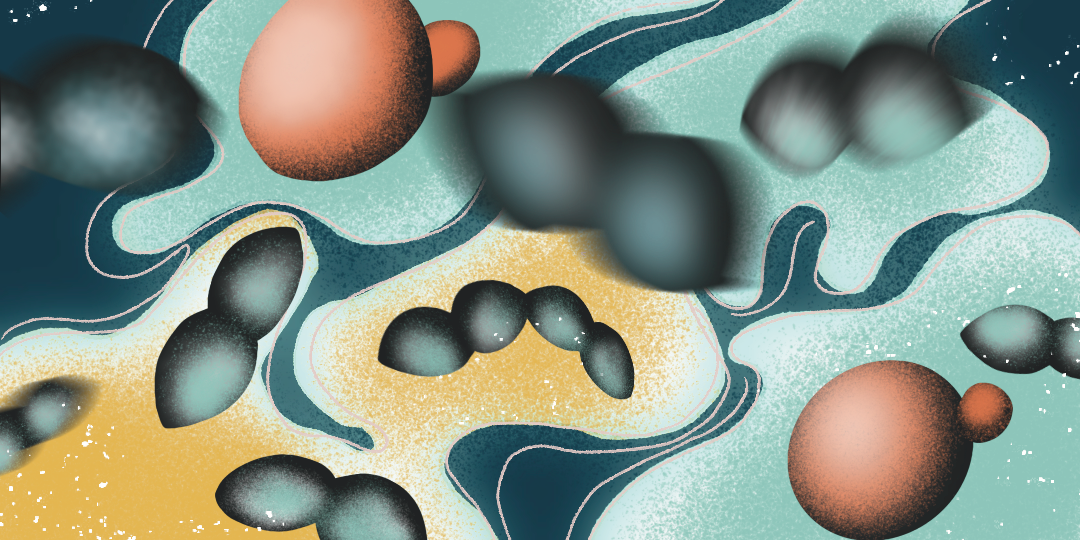- Home >
- Learning centre >
- Science blog >
- Reproducibility Crisis for Biofilm Studies in Microplates: What Can We Learn?
Reproducibility Crisis for Biofilm Studies in Microplates: What Can We Learn?
15th August 2023

Can different labs replicate biofilm data using microplates?
Biofilm formation in microplates is a critical area of study in microbiology. It is seemingly simple and cheap, allowing researchers around the world to generate large amounts of data to help us understand biofilms better. But there is a problem. Poor reporting and inadequate standardization means that repeating experiments and making comparisons is difficult. To really take advantage of these ubiquitous methods, we need better and more standardized reporting. A recent article titled “Minimum information guideline for spectrophotometric and fluorometric methods to assess biofilm formation in microplates” provides a comprehensive roadmap for researchers. Here’s an overview of the guideline and its implications.
The Guideline: A Comprehensive Approach
The guideline is divided into four main sections, each detailing a comprehensive set of recommendations for biofilm assessment in microplates.
- Experimental Design: Understanding the main question, hypothesis, experimental design, number of replicates, controls, and supplementary information is vital for biofilm study.
- Biofilm Formation: This section covers the microorganisms, inoculum preparation, compounds or conditions being tested, microplates used, and incubation conditions.
- Biofilm Assessment Method: The guideline explains the method to discard planktonic suspension, washing steps, staining process, extra steps like fixation, drying, and elution, and how the signal was measured.
- Statistical Assessment and Data Presentation: This part describes how raw data were processed, outliers, normality tests, statistical tests, and graph types and data visualizations.
The guideline emphasizes the importance of methodological details and provides examples of common omissions in reporting microplate methods, reflecting on their potential impact on the experiment’s outcome.
Importance of Standardization in Biofilm Assessment for Any Experiment
The lack of reproducibility has been a major issue in the scientific community, and this guideline emphasizes the need for standardization in biofilm assessment. While the focus is on the biofilm microplate assay which is arguably the “worst offender” when it comes to reproducibility, the article offers an impressive set of standardized reporting criteria that could be applied to many biofilm experiments, including biocalorimetry experiments.
A Comprehensive Approach to Biofilm Study
Taking a comprehensive reporting approach ensures that the experiments can be clearly interpreted and independently reproduced. The identification of common omissions from the article indicates a significant area for improvement in scientific communication. Such a simple improvement is within every researcher’s grasp and will have a large impact in the future for data sharing and meta-analyses.
The guideline for spectrophotometric and fluorometric methods to assess biofilm formation in microplates is a significant step towards standardizing biofilm study and assessment. It provides a clear roadmap for researchers and emphasizes the importance of methodological details.
For those interested in biofilm assessment, this guideline is a must-read. It not only provides a comprehensive approach to biofilm study but also emphasizes the importance of clear guidelines for reproducibility. You can also read more on how the calScreener™ is used for biofilm studies.
Learn more about biofilm biocalorimetry applications.
Reference
J. Allkja, T. Bjarnsholt, T. Coenye, P. Cos, A. Fallarero, J. J. Harrison, S. P. Lopes, A. Oliver, M. O. Pereira, G. Ramage, M. E. Shirtliff, P. Stoodley, J. S. Webb, S. A. J. Zaat, D. M. Goeres, and N. F. Azevedo, “Minimum information guideline for spectrophotometric and fluorometric methods to assess biofilm formation in microplates,” Biofilm, vol. 2, 100010, 2020, ISSN 2590-2075. [Online].

STAY UP-TO-DATE
Subscribe to our newsletter and stay up to date with the latest news and updates